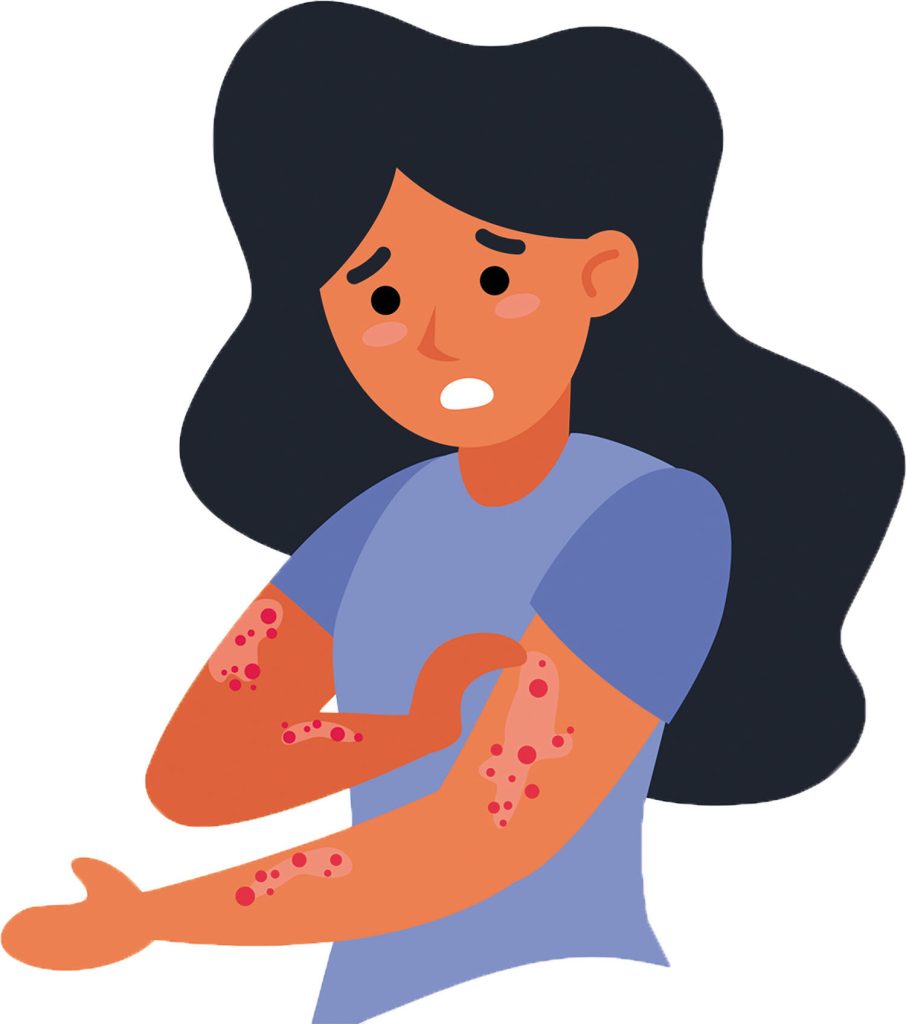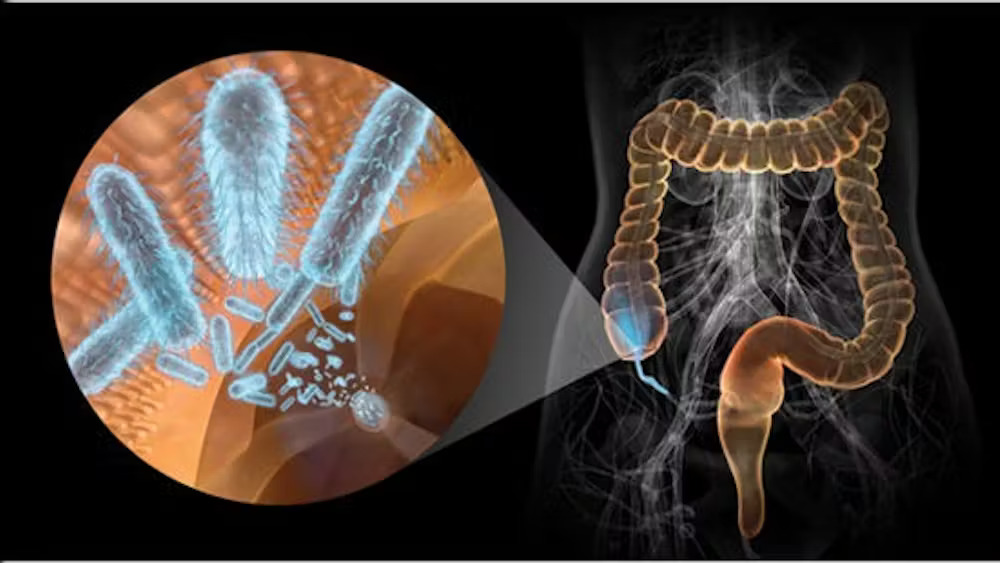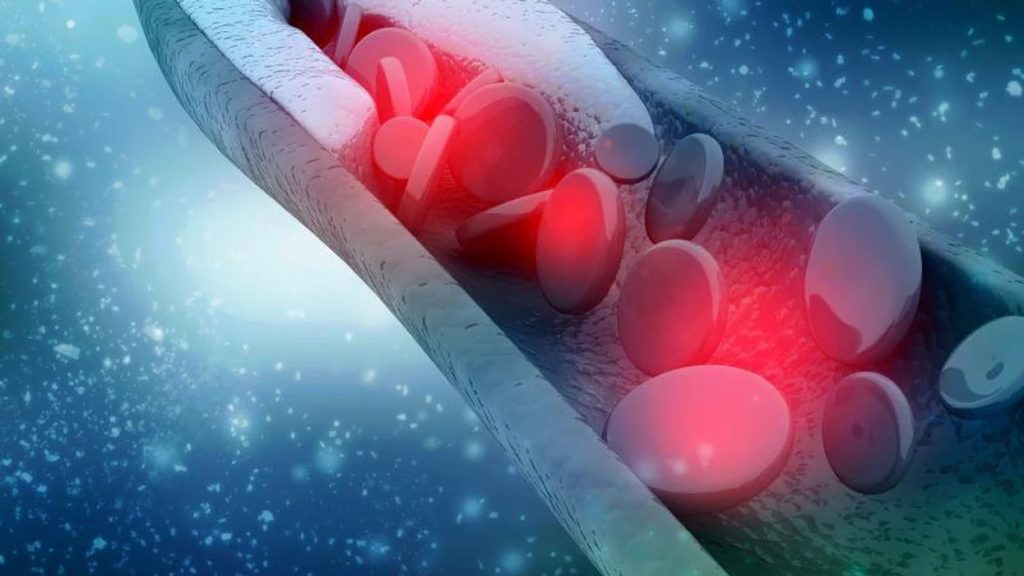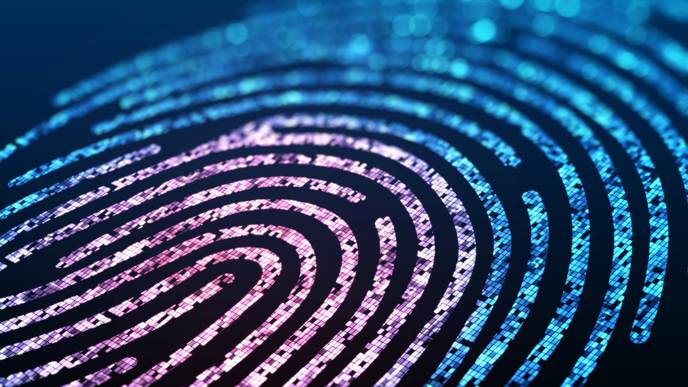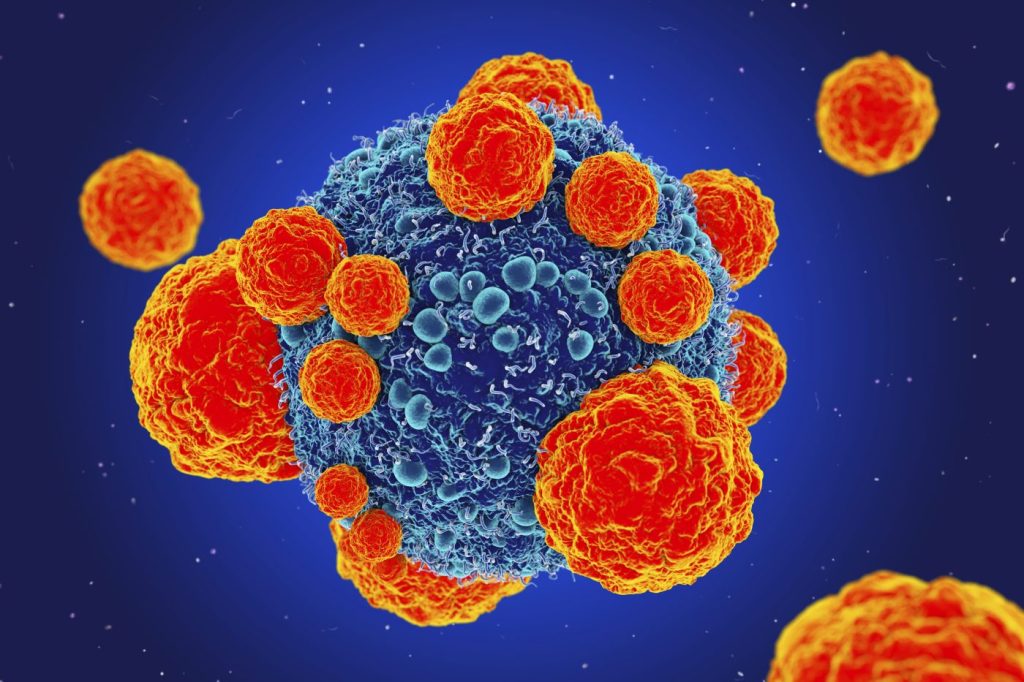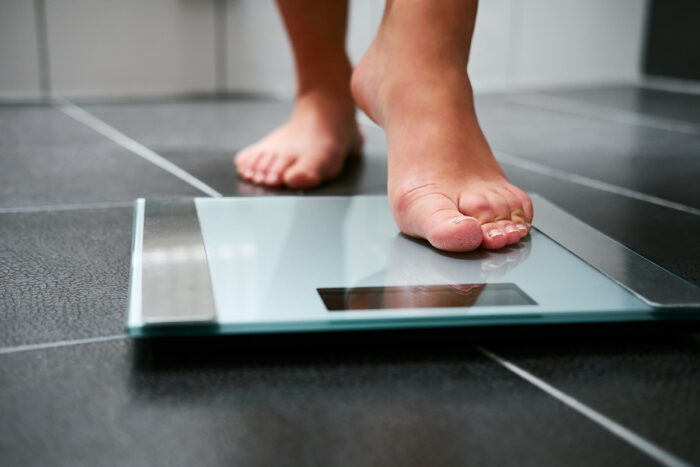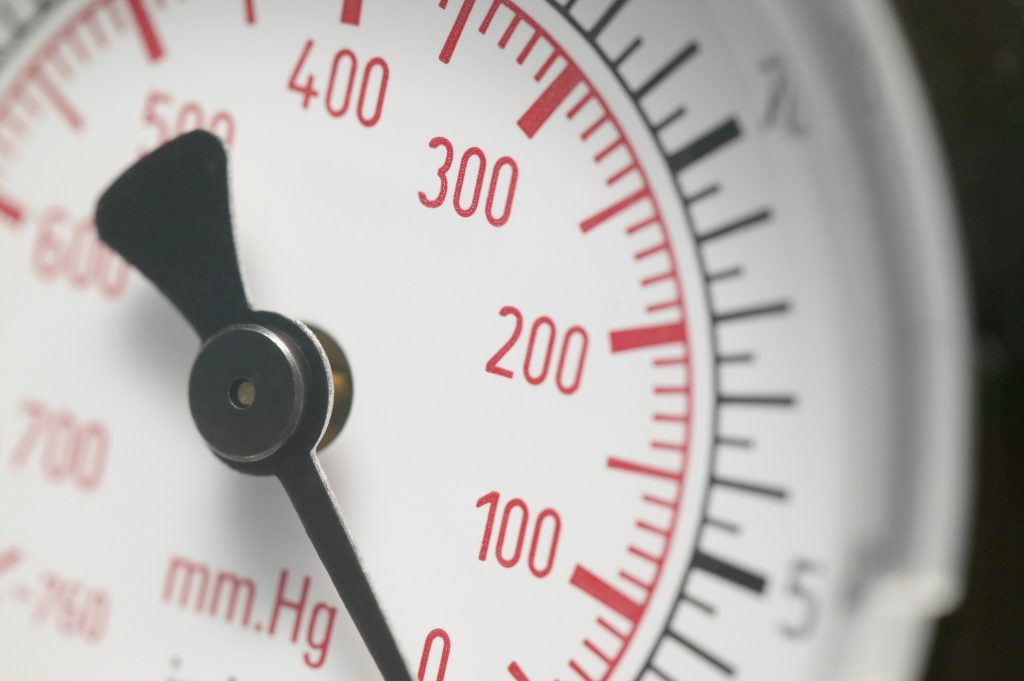Resistance training reduces Alzheimer’s signs in mice model
Exercise is known to help older persons think more clearly and lower their risk of developing dementia.
The underlying process is unclear, and the majority of study focuses on how aerobic exercise, which raises heart and breathing rates, affects the body.
Brazilian researchers have now examined how resistance training, such as lifting weights, affects cognition in male mouse models.
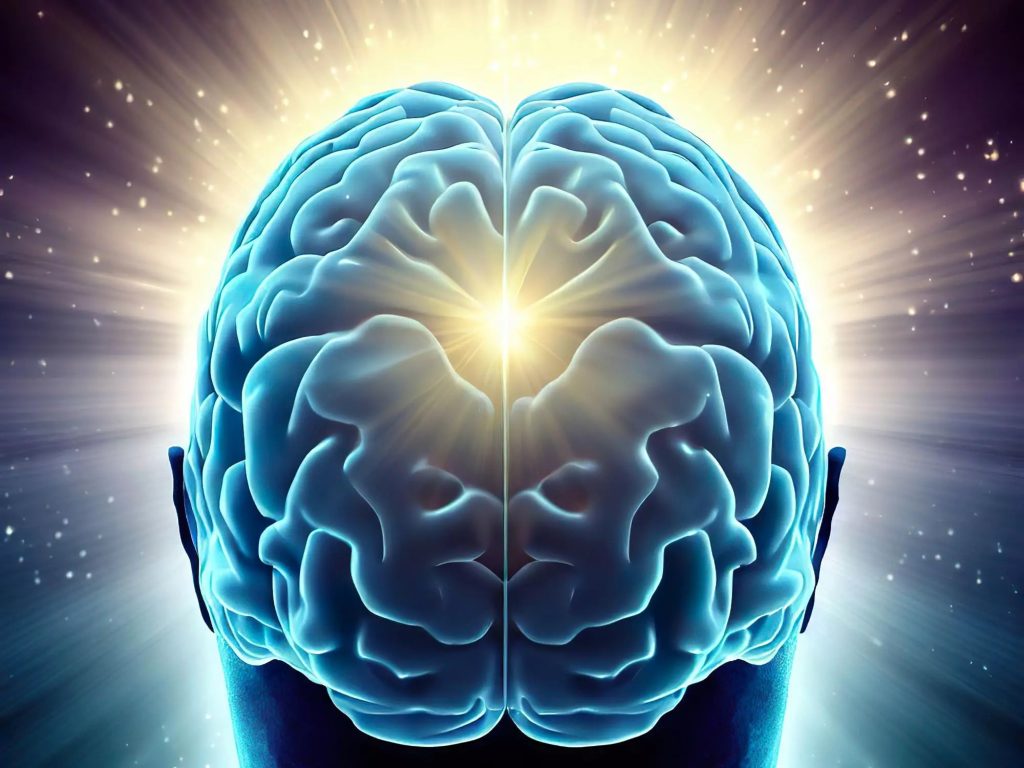
According to the Centres for Disease Control and Prevention (CDC), exercise is already known to be associated with better bone and muscular health, a lower risk of disease and obesity, and better mental health.
According to the World Health Organisation (WHO), physical activity is associated with better cognition in children, adolescents, and adults. There is also evidence that older persons who engage in more physical activity have reduced rates of dementia.
Both clinical trials and evaluations of the existing research have demonstrated that exercise helps older persons’ cognition.
This may be due to the anti-inflammatory effects of exercise. Myokines, which are chemicals released from the muscles as they contract, may be the cause of this in elderly people.
This suggests that in addition to aerobic activity, resistance training could potentially have a positive impact on health.
Strength training may improve cognitive functions
Researchers from the Federal University of Sao Paulo and the University of Sao Paulo in Brazil examined the effects of resistance training on male mice to learn more about the connection between cognitive health and exercise.
This study’s findings have been published in Frontiers of Science.
The study’s mouse model had a mutation that led to beta-amyloid plaques accumulating in the brain, thus researchers used that model in their investigation. The emergence of dementia is frequently linked to beta-amyloid plaques.
A third group of mice, which did have the mutation, were instructed to follow an exercise regimen that resembled strength training in humans whereas one group of mice with the mutation and a control group did not exercise.
The workout routine required the mice to climb a ladder over one meter tall that sloped at an inclination of 80 degrees while carrying burdens that were equal to 75%, 90%, and 100% of their body weight on their tails.
The mice were dissected after death to examine the development of beta-amyloid plaques.
The mice that had engaged in resistance training for four weeks not only had fewer amyloid plaques on the hippocampus, a part of the brain that is frequently affected by Alzheimer’s disease but also had more microglial cells, an immune cell type that helps to clear these plaques.
As Nancy Mitchell, a registered nurse with experience in geriatric care who was not involved in the study, explained to us, “According to this study, resistance training may aid in preventing or controlling Alzheimer’s disease by regulating the formation of the protein deposits (or plaques) on the hippocampus the part of the brain which controls memory and some thought processing.”
How do agitation and stress play a role?
Resistance exercise decreased stress, according to the findings. The hormone corticosterone, which in mice is the equivalent of cortisol in humans, was detected in the mice’s blood after four weeks of exercise.
Humans with high cortisol levels have an increased risk of developing Alzheimer’s disease. The levels of this hormone were discovered to be normal in the study mice, even though corticostfactorserone and cortisol can be released in response to exercise.
This was a startling discovery, according to Prof. Henning Ulrich, professor of biochemistry at the University of So Paulo and corresponding author of the study:
“We wanted to see if this kind of exercise would have any stressful effects. To our amazement, we discovered that it not only did not have any stressful effects, but it even lowered stress when compared to the inactive group! More significantly, exercise was also able to lower the amount of beta-amyloid that was present in the hippocampus, and in a different study conducted by our team, the amount of anti-inflammatory cytokines also helped to lower neuroinflammation.”
Before postmortem, mice were measured for movement to see whether they were agitated or restless because agitation is a hallmark of Alzheimer’s disease.
Resistance-trained mice were found to move less in their environment, which may have indicated that they were less disturbed.
Trials on humans have already started.
Although the results show a potential function for resistance training in Alzheimer’s mouse models, it should be highlighted that the study’s mice were all male.
They were adults but not typical of the senior population because they were also 6-7 months old. Prof. Ulrich stated, “We are preparing new experimental groups with female animals and the idea is to compare the results of males and females.”
He added that he and his colleagues also hoped that younger mice may be used in the tests.
When the first signs appeared, Prof. Ulrich said, “We already started an exercise routine with younger animals, to see if we can prevent the quick advance, or reduce the evolution of the disease when commencing physical activity in young individuals. This is comparable to a young person who engages in regular physical activity and does so into their later years.“
Furthermore, he added, some human study had already begun:
Additionally, we’ve started looking into how resistance training affects patients with mild cognitive impairment in collaboration with another UNIFESP study team. The effort is already underway, and we anticipate being able to present encouraging findings soon.
The benefits of exercise for brain health
There is growing evidence that physical activity has a protective effect against Alzheimer’s disease, according to an email from geneticist and Parkinson’s disease researcher Dr. Sumeet Kumar.
According to research, those who are active have a lesser probability of contracting this illness than those who are inactive, he continued.
Dr. Kumar cited a review that revealed the bulk of studies in this field focused on the impact of aerobic exercise, such as tai chi and yoga.
The reasons why exercise has this beneficial effect on older adults’ brain health are unclear, but current knowledge points to improved growth and differentiation of brain nerve cells, decreased inflammation, improved blood vessel function, and hormonal regulation as the likely causes.
REFERENCES:
- https://www.medicalnewstoday.com/articles/resistance-training-reduces-alzheimers-symptoms-in-mouse-models
- https://www.frontiersin.org/articles/10.3389/fnins.2023.1131214/full
- https://www.nature.com/articles/s41598-023-29406-1
For Alzheimer’s disease medications that have been suggested by doctors worldwide are available here https://mygenericpharmacy.com/index.php?therapy=31
